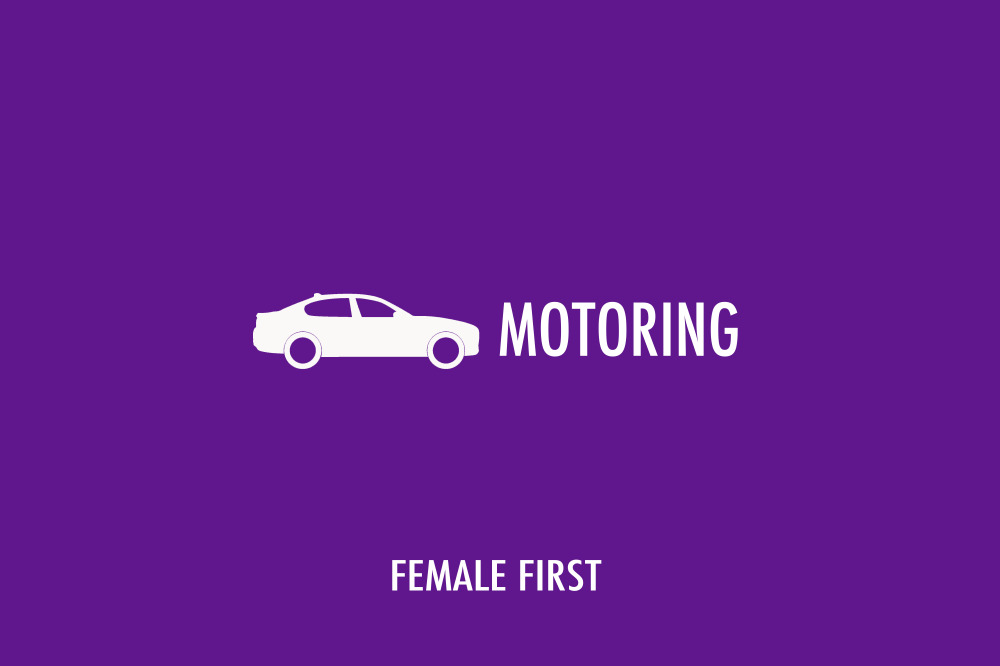Mechanic dishes up expert advice on how to avoid those summer roadside emergencies and build confidence driving alone.

Motoring on Female First
Paul Robbie, of Paul Robbie Motor Services, is a member of Holts' national Pro Panel. He has compiled his five top tips on how motorists can avoid an emergency - and how to keep your cool if you do find yourself stranded on the roadside alone or with your kids in toe.
The professional mechanic said: "The first piece of advice, before any traveling, is to gain a basic understanding of not only what is likely to go wrong but, if the worst does happens, how to deal with such problems.
"Cars are very complex and packed with technology but it tends to be the basics that let us down.
"A few simple procedures will ensure you are prepared for a safe journey; whilst modern cars are low maintenance, this does not mean they are NO maintenance."
Summer road tip travel checklist:
1. Fuel.
Before setting off check the fuel gauge. This sounds simple but many breakdowns are caused by this often overlooked item. If in doubt, think about carrying a spare can in the boot but please ensure the container is a UN approved container.
2. Tyres.Again, prevention is key here. Tyre pressures and condition can be checked in a few minutes. When driving on motorways or with a fully-laden car, tyre pressures require adjusting; details will be in your car's handbook or sometimes on the inside of the fuel flap.
Check the tread to ensure a good depth,the legal min limit being 1.6mm, also check the sidewalls for any cuts or damage. If in doubt call into your local garage and ask them to check your tyres.
A good idea before setting off is to purchase a can of Holts Tyreweld. This can be a lifesaver if a puncture occurs. The can is simple to use - just screw onto the tyres valve and press the button on the top of the can; this not only inflates the tyre but also adds a sealant into to the tyre to seal any holes. The product can be easily stored in the boot and be found at Halfords, Tesco stores, DIY retailers and petrol stations.
3. Lights.Another simple detail than can be checked before a journey in a couple of minutes. This procedure is easier with the help of another person. At the front check side, head (main and dipped) indicators left and right and fog lights where fitted.
At the rear of the vehicle again, side, brake, reverse, indicators left and right and fog lights should be checked and don't forget the horn and washers and wipers. Make sure the wipers clear the screen with no streaks; if new wipers are required it is better to find out now rather than on the motorway!
4. Levels.Under a modern car's bonnet can be a daunting place but never has it been easier to make those all important checks. Modern electronics make engines much more reliable now but they still need the basics checked.
Engine oil should be changed at the correct service intervals but the oil level should also be checked, ideally on a weekly basis. Check in your cars handbook for the location of the dipstick. There will be a min and a max mark clearly marked on the dipstick and the oil level should be in the middle of these two marks. Brake fluid and engine coolant should be checked, again there should be a min and max marked on the appropriate reservoirs.
5. Lastly BE PREPARED.If the worst does happen and you find yourself on the side of the road, a few items in the car will help.
If you breakdown on a motorway, park the car with sidelights and hazard lights switched on and place the car as far to the left of the hard shoulder as possible. Exit the car from the passenger side only and stand away from the carriageway ideally behind a barrier. A fully charged mobile phone is a must to call for help. Some light-weight waterproof coats and blanket will help whilst you wait for assistance.
Tagged in Driving

